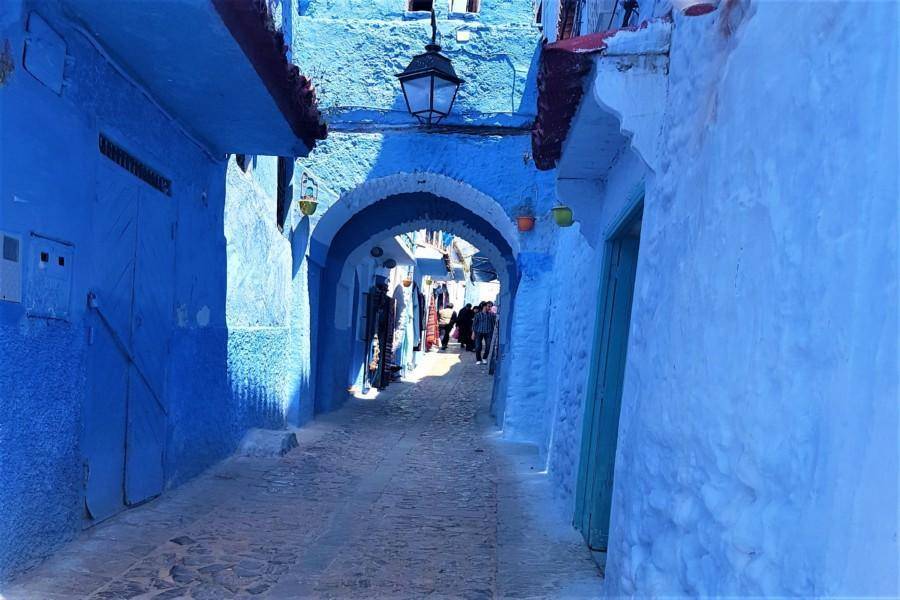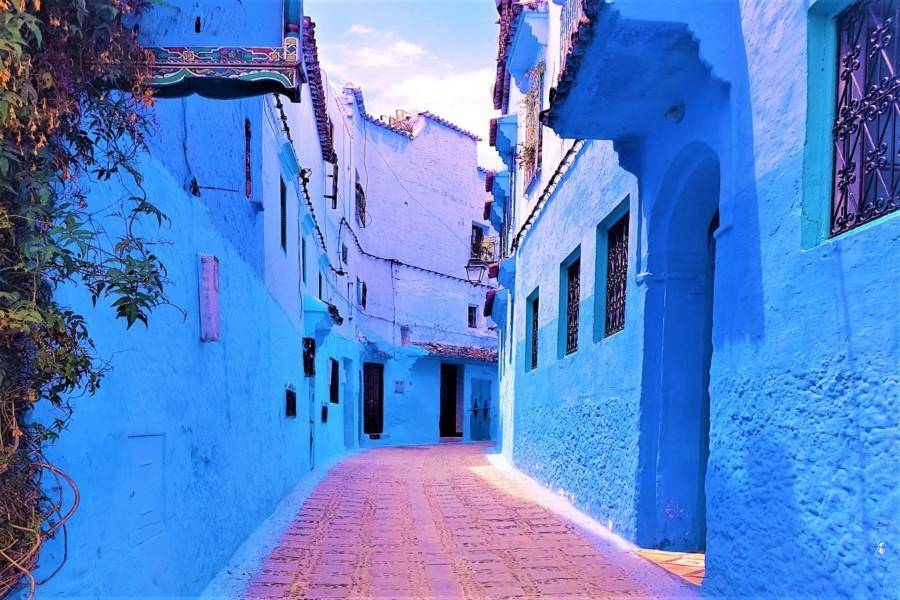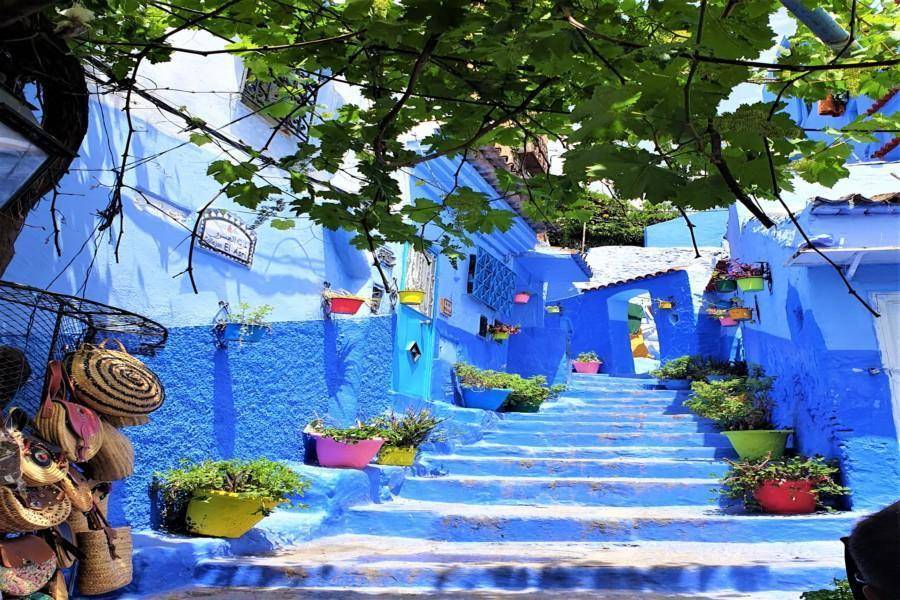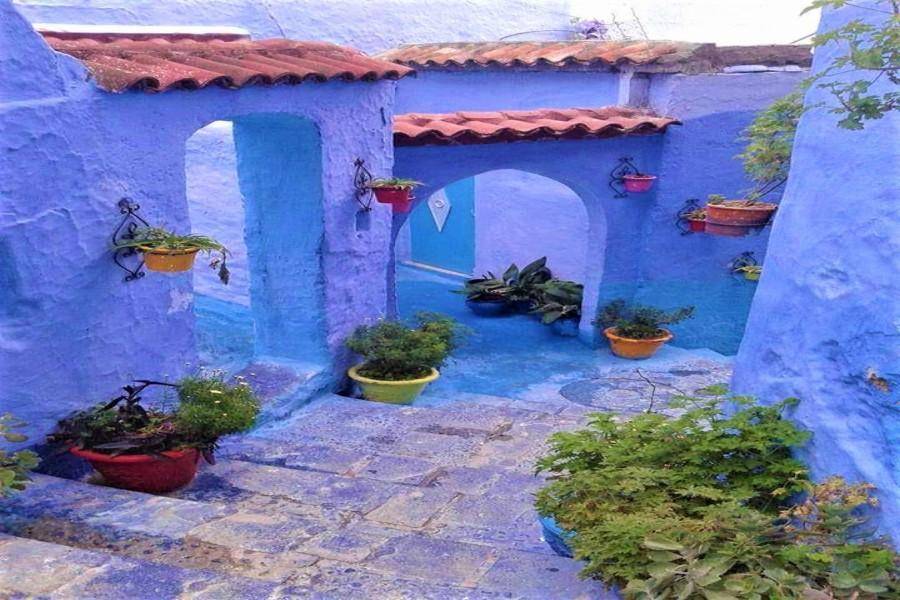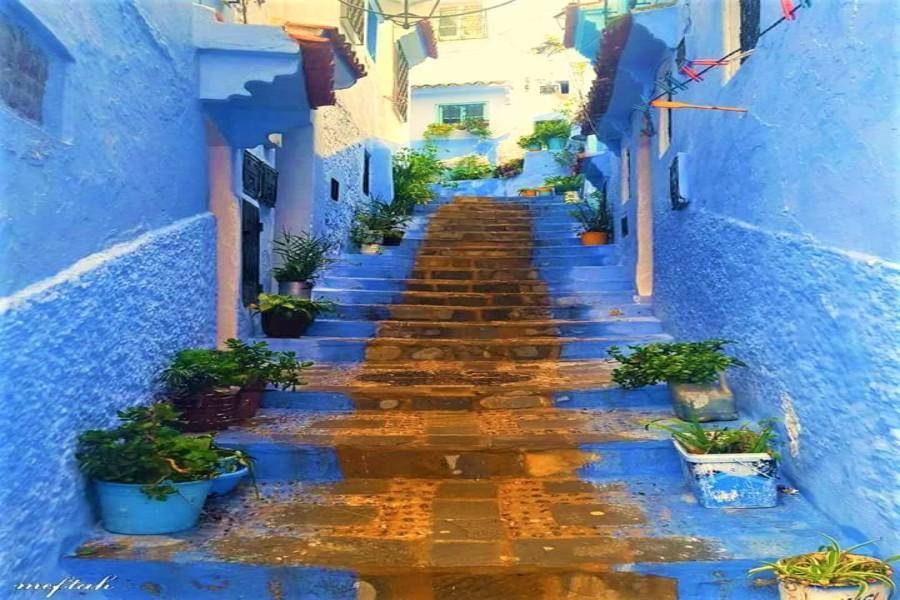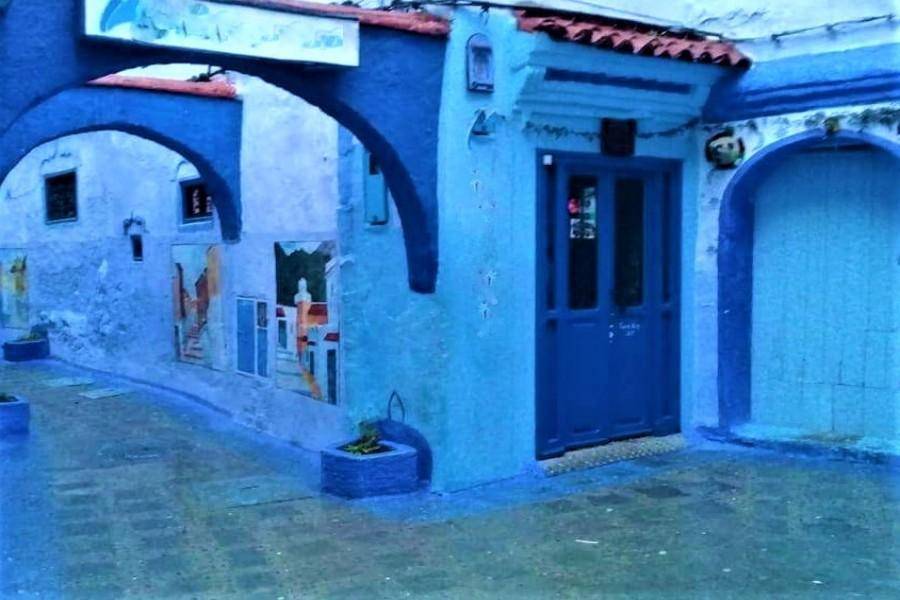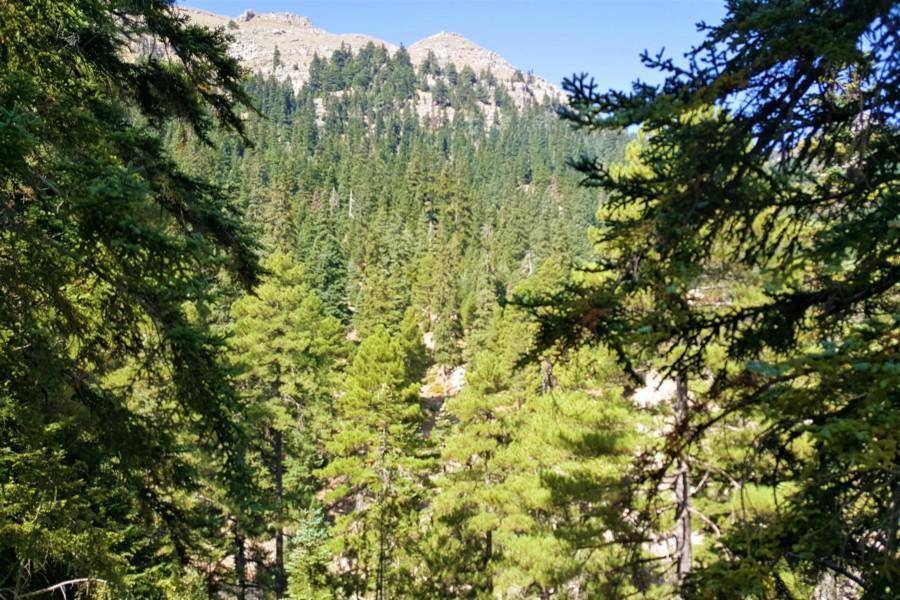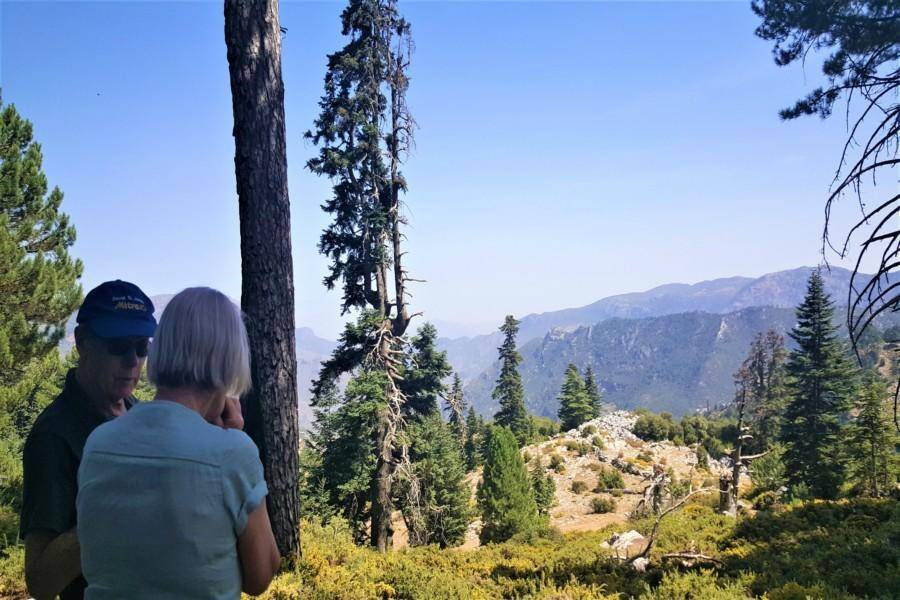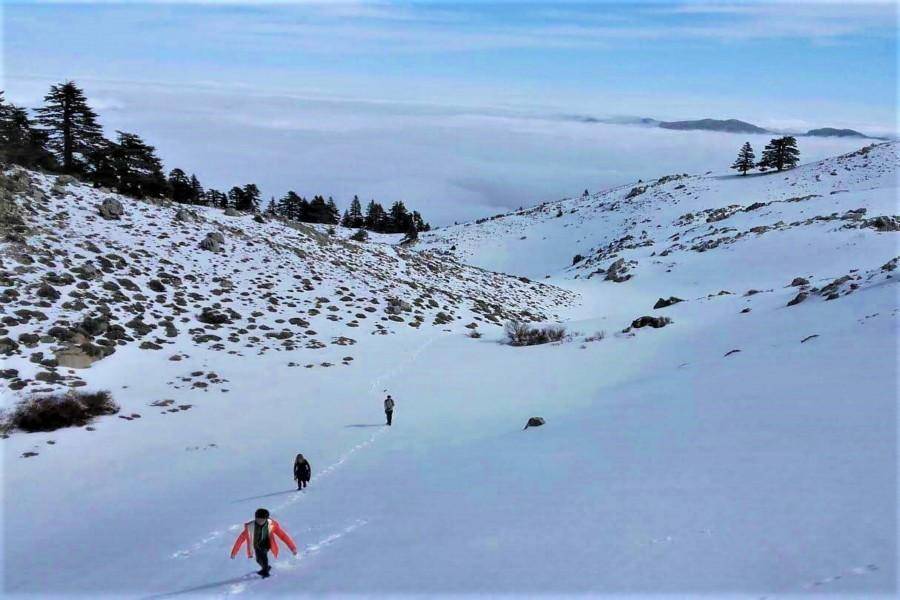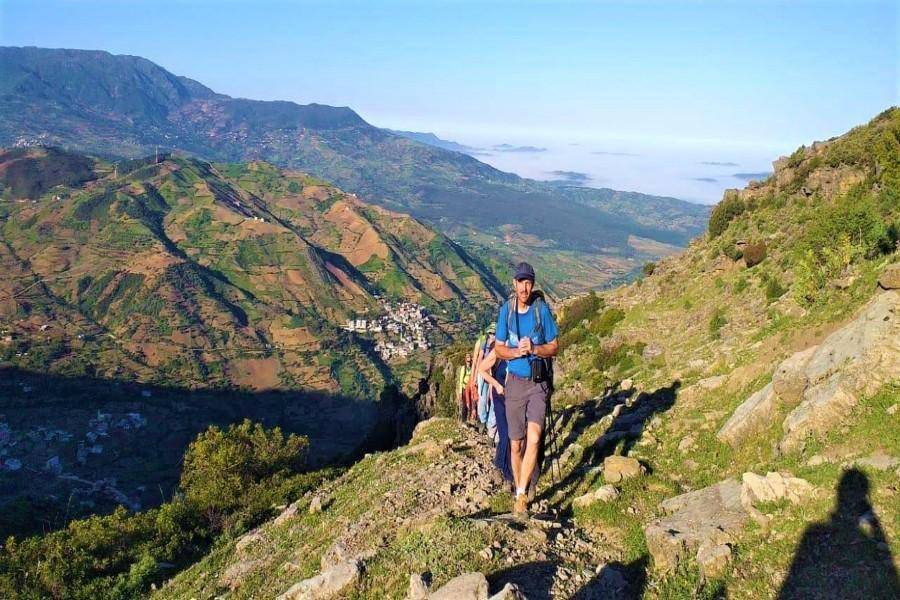Access and Connectivity
Chefchaouen is strategically located near the cities of Ceuta, Tangier, and Tetouan, which serve as the main entry points for visitors exploring the Rif Mountains. The P28 route, starting from Oued Laou, acts as a crucial connection between these northern cities and Chefchaouen. However, the road network in the area remains underdeveloped, with narrow and winding paths that can make travel difficult. Improving these roads is essential to enhance accessibility and support the flow of visitors to the region.
Services and Infrastructure Needs
One of the most pressing challenges in the Chefchaouen region is the management of water resources, both for agricultural irrigation and for supplying drinking water to local communities. The scarcity of transportation options further complicates matters, making it difficult for both tourists and locals to access essential services like gas stations, shops, and healthcare facilities. Establishing regular bus services and strengthening telecommunications infrastructure would greatly benefit the area, enabling better connectivity and support for both locals and tourists.
Promoting Ecotourism and Natural Attractions
The Chefchaouen region holds tremendous potential for ecotourism, offering opportunities for hiking, bird-watching, and exploring the rich biodiversity of the Talassemtane National Park. The park’s diverse flora and fauna, including species like the Bonelli’s eagle, griffon vulture, and the Barbary macaque, make it a unique destination for nature enthusiasts. Developing well-maintained hiking trails and educational tours on the park’s ecosystems can draw ecotourists while promoting conservation efforts.
Balancing Development with Conservation
Sustainable tourism in Chefchaouen is all about finding the right balance between development and conservation. The steep and rugged terrain presents challenges for infrastructure development, but it also offers a spectacular backdrop for outdoor activities like trekking, rock climbing, and canyoning. Strategies must focus on minimizing environmental impact while enhancing the visitor experience. This involves protecting sensitive areas like the cedar forests, which are crucial for maintaining local biodiversity.
Cultural Heritage and Local Communities
The cultural identity of the Chefchaouen region is deeply rooted in its traditions and agricultural lifestyle. With a literacy rate of only about 18% and the majority of the population engaged in farming, integrating local communities into tourism activities is a key challenge. Raising awareness among the locals about the economic benefits of tourism and encouraging their participation in tourism initiatives is essential for sustainable development.
Gastronomy and Handicrafts: A Taste of Local Culture
Gastronomy in Chefchaouen is a journey into the heart of Moroccan culture, featuring traditional dishes made from locally sourced ingredients. Promoting these culinary experiences as part of the region’s ecotourism strategy can provide visitors with a deeper connection to the local culture. Additionally, the region’s handicraft traditions, such as pottery and weaving, offer meaningful souvenirs that reflect the area’s cultural heritage. Supporting these artisans not only sustains the local economy but also preserves the cultural identity of the community.
Addressing Socio-Cultural and Natural Constraints
The strong attachment of local populations to their traditions can sometimes act as a barrier to tourism development. Efforts to raise awareness about the potential of ecotourism to improve living standards must be coupled with respect for local customs and values. Likewise, the park’s challenging natural conditions—steep slopes, cliffs, and unpredictable weather—require careful planning to ensure the safety of visitors and the sustainability of the environment.
Developing Infrastructure and Technology
Modernizing infrastructure is crucial for Chefchaouen’s development as a tourist destination. Integrating advanced technologies like Geographic Information Systems (GIS) can enhance park management and support conservation efforts. Introducing sustainable construction techniques that blend with the natural environment will also help maintain the region’s architectural heritage while boosting its appeal to eco-conscious travelers.
Sustainable Water Management and Conservation
Water is a vital resource in the Chefchaouen region, supporting both the ecosystem and local communities. Conservation efforts must focus on protecting rivers, waterfalls, and natural springs from pollution and overuse. By implementing sustainable water management practices, the region can ensure a stable supply of fresh water, which is critical for both wildlife and tourism development.
Conclusion: A Vision for Sustainable Ecotourism in Chefchaouen
Chefchaouen and its surrounding areas hold immense potential for ecotourism and sustainable development. By addressing challenges related to infrastructure, water management, local community involvement, and conservation, the region can unlock new opportunities for both visitors and residents. Promoting the cultural and natural heritage of this beautiful area while fostering a sense of pride among the local population will be key to ensuring that tourism in Chefchaouen is both meaningful and sustainable for generations to come.




